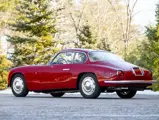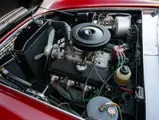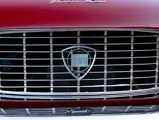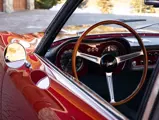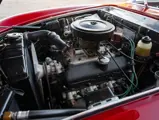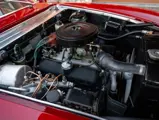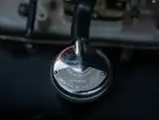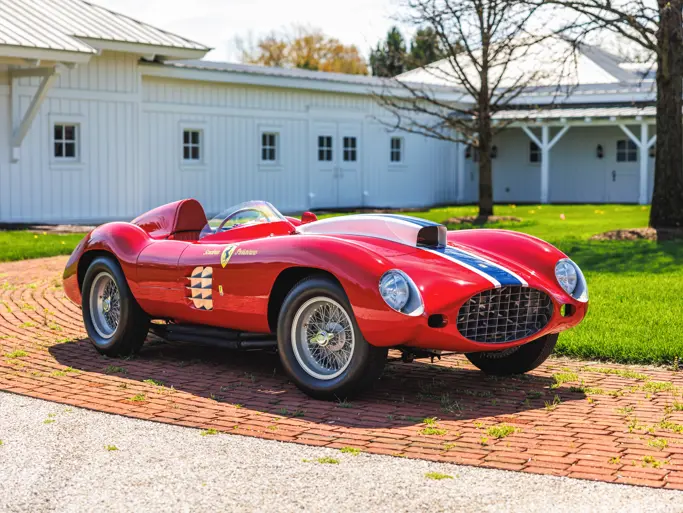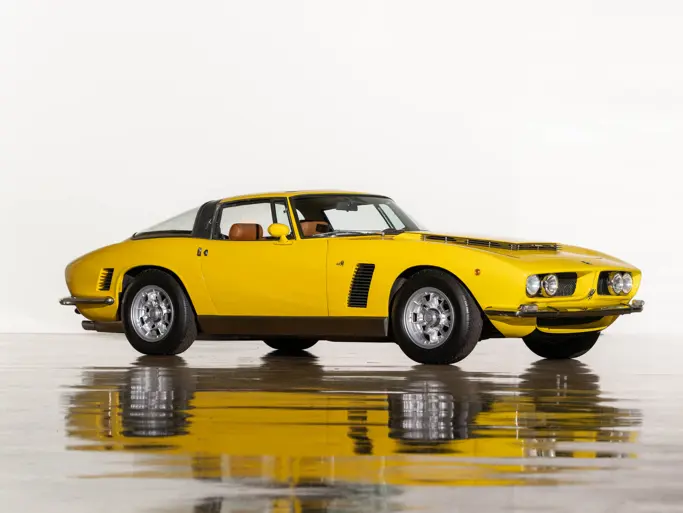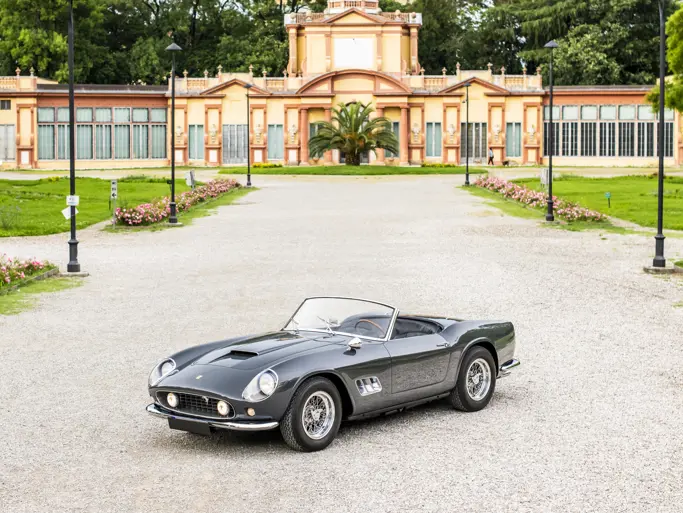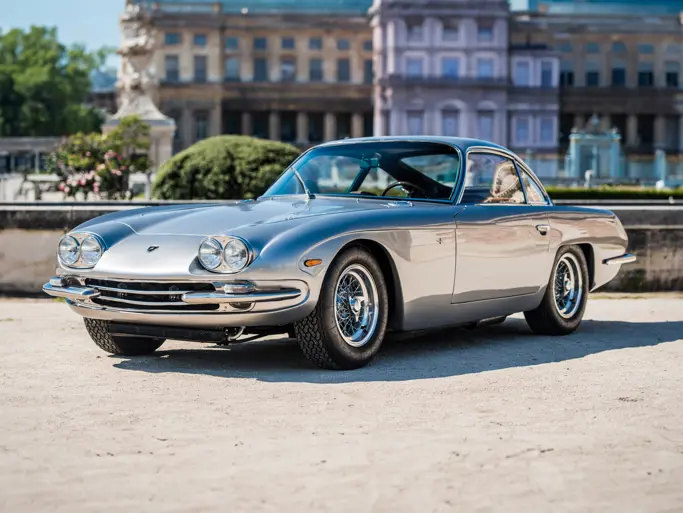Miami 2024
1959 Lancia Flaminia 2500 Sport Zagato Series I
{{lr.item.text}}
Sold After Auction
 | Coral Gables, Florida
| Coral Gables, Florida
{{internetCurrentBid}}
{{internetTimeLeft}}

- One of only 99 Zagato-bodied Series I examples built
- Features sporting design cues including covered headlamps and trademark Zagato double-bubble roof
- Specified with Lancia’s legendary V-6 engine and transaxle
- Retains matching-numbers engine, gearbox, body, and rear suspension
- Documented with Lancia Classiche Certificato di Origine, ACI estratto cronologico, ASI Italian homologation certificate, and uber-rare ASI Targa d’Oro authentication plate
- Refurbishment of the body and mechanical elements completed in 2021
Lancia unveiled two Pinin Farina-styled concept cars at major auto salons in 1955 and 1956, respectively dubbed the Florida I and Florida II. These design exercises led to the 1957 introduction of a long-awaited replacement for the Aurelia model, the Flaminia. Like its predecessor, the Flaminia was built in a variety of configurations, including the Flaminia GT and the Flaminia Sport, both of which rode a shortened 99-inch wheelbase. These iterations retained Lancia’s venerated 2.5-liter, double-overhead-camshaft V-6 engine and weight-distributing transaxle.
While the Flaminia GT was designed as a grand tourer with a body by Touring, the Flaminia Sport was conceived as a competition entry with lightweight aluminum alloy coachwork by Zagato. Chief Stylist Ercole Spada incorporated numerous Zagato hallmarks into the curvaceous, muscular design, including recessed covered headlamps, a central bonnet scoop, and the company’s signature double-bubble roof. Just 99 examples of the covered-headlamp Flaminia Sport Zagato were constructed, and today the model is recognized as one of post-war Italy’s finest sporting automobiles.
According to documentation including a Lancia Classiche Certificato di Origine, and an ACI estratto cronologico, this rare and highly authentic example of the Flaminia Sport Zagato was completed in May 1959. After being registered to Cotonificio Triestino S.A., chassis number 1020 remained with its first owner for a period of 10 years before passing to a Milan-based owner, who also kept the car for a decade. Circa 1979 the Lancia was sold to a resident of San Remo who retained possession only briefly before selling the car to Antonino Violante of Caton.
Mr. Violante refreshed the Flaminia for possible event use and registered the car with the ASI (Automotoclub Storico Italiano) in 1987, resulting in an ASI homologation certificate that remains on file. This is presumably when the car received its Targa d’Oro (mounted behind the driver’s seat), an extremely rare ASI-issued plaque that authenticates the car retains correct mechanical equipment as per its original build specifications.
After approximately 20 years of ownership, Mr. Violante sold the Lancia and it was acquired by another Italian collector who commenced a cosmetic restoration in 2005, including a refinish of the Zagato coachwork. In this restored condition the owner campaigned the car in a rally in Sicily, successfully completing over 400 kilometers of performance driving.
In 2017 the Flaminia Sport was acquired by the consignor, a discerning collector of authentic vintage Italian sports cars. Under his supervision, the coachwork and mechanical elements were refurbished in 2021, and the car remains aesthetically ravishing and optimally prepared for immediate driving use. Mechanical stampings indicate this rare Sport Zagato retains a majority of its matching-numbers mechanical equipment, including its engine, gearbox, body, and rear suspension.
Ideal for exhibition at regional concours d’elegance and Italian car celebrations, or driving enjoyment on touring events, this beautifully restored and maintained Flaminia Sport should strike the interest of any Zagato collector or aficionado of significant post-war Italian sports cars.


